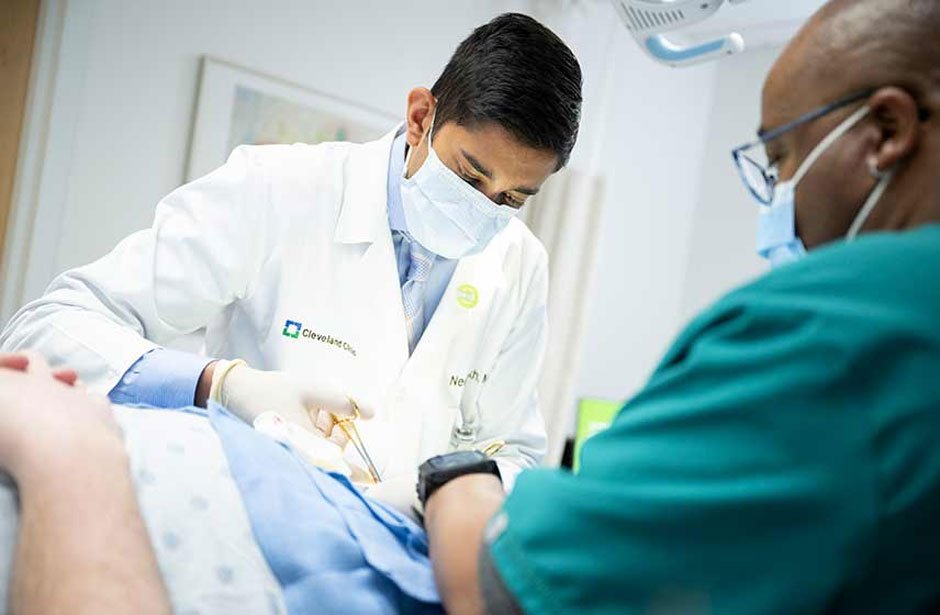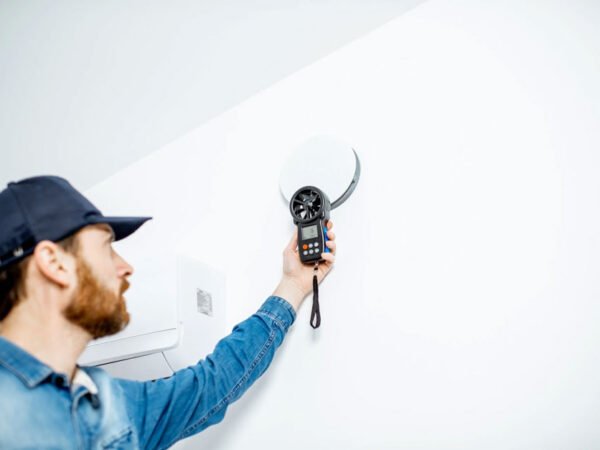Sedated dental procedures can help individuals undergo treatments comfortably, especially if anxiety or complex dental work is involved. Preparing for such procedures requires careful planning, attention to detail, and adherence to instructions provided by your dental care team. We will explore practical steps to ensure your experience is safe, smooth, and stress-free. From dietary adjustments to mental preparation, each aspect of preparation can significantly influence the procedure’s outcome and your overall comfort. Understanding what to expect and how to prepare in advance enables patients to approach the appointment with confidence, thereby reducing the risk of complications before, during, and after the sedation.
Preparation Tips for a Sedated Dental Procedure
- Follow Pre-Procedure Instructions Closely
Before any sedated dental procedure, whether you are exploring sleep dentistry in North Vancouver or another dental service, your dentist or dental team will provide specific instructions tailored to your health and the type of sedation used. These instructions often include fasting requirements, medication adjustments, and guidance for managing pre-existing medical conditions. Fasting usually involves refraining from food and drink for a set period, which can range from four to eight hours depending on the sedative. Adhering to these instructions is critical because consuming food or drink before sedation can lead to nausea, vomiting, or complications with airway management.
Additionally, medications such as blood thinners, diabetes treatments, or other prescriptions may require temporary adjustment under your dentist’s guidance. Carefully following these instructions ensures your safety and allows the procedure to proceed as planned without unnecessary interruptions or delays.
- Arrange Transportation and Support
Sedation affects your ability to drive, operate machinery, or make important decisions, so arranging transportation is essential. Most dental practices require patients to have a responsible adult accompany them to and from the appointment. This person can provide support, help you manage post-procedure instructions, and monitor your recovery as sedation effects gradually wear off. Planning for transportation in advance reduces stress and prevents last-minute issues. Additionally, consider having someone stay with you for a few hours after the procedure, especially if a stronger form of sedation is used. Even if you feel alert shortly after the procedure, residual effects such as drowsiness, impaired coordination, or memory lapses may still be present, making support crucial for your safety and comfort.
- Adjust Your Diet and Hydration
Proper hydration and a mindful approach to diet can enhance your comfort before and after a sedated dental procedure. Fasting instructions must be followed strictly, but once cleared, staying hydrated helps prevent dizziness or dehydration associated with sedation. Avoid alcohol, caffeine, and heavy meals before your appointment, as they can interfere with sedation or trigger side effects. Eating a light, balanced meal the night before the procedure provides energy and helps stabilize blood sugar levels, which is particularly important for individuals with diabetes or other metabolic conditions. After the procedure, focus on soft, easily digestible foods and continue drinking water to support recovery and minimize discomfort. Proper diet and hydration are crucial steps in reducing complications and promoting smooth post-procedure healing.
- Manage Anxiety and Mental Preparation
Dental anxiety is common and can affect how you experience a sedated procedure. Taking time to mentally prepare can make a significant difference in comfort and cooperation during treatment. Techniques such as deep breathing, meditation, visualization, or listening to calming music can help reduce stress levels prior to the appointment. Understanding the procedure in advance, asking questions, and discussing concerns with your dental team also provides reassurance. For some patients, gentle sedatives prescribed in advance may be recommended to alleviate anxiety, but this should always be guided by your dentist. By addressing anxiety proactively, you create a positive mindset that complements the sedative’s effects and contributes to a smoother, more relaxed experience in the dental chair.
- Wear Comfortable Clothing and Avoid Excess Accessories
Choosing appropriate attire for your dental appointment enhances comfort and facilitates a smooth procedure. Loose-fitting, comfortable clothing allows freedom of movement and prevents unnecessary pressure points while reclining in the dental chair. Avoid wearing jewelry, watches, and other accessories that may interfere with monitoring equipment or pose a safety risk during sedation. Minimalistic preparation ensures that your dental team can focus on treatment without distractions or delays caused by clothing or personal items. Additionally, consider wearing layers that can be adjusted according to the office temperature, as sedation may sometimes cause changes in body temperature. Comfortable attire is a simple but important aspect of preparation that supports a more relaxed and efficient dental experience.
- Review Medical History and Current Medications
Sharing accurate medical history and a complete list of current medications is crucial for safe sedation. Conditions such as heart disease, respiratory issues, or previous reactions to anesthesia can influence the type of sedative used and the monitoring required. Inform your dental team about over-the-counter supplements, vitamins, and herbal remedies, as some substances can interact with sedatives or affect blood clotting. Providing this information allows your dentist to tailor sedation and implement safety measures to minimize risks. Accurate disclosure ensures that the dental team can make informed decisions, adjust dosages if necessary, and respond quickly to any unexpected developments during the procedure.
Preparing for a sedated dental procedure requires a combination of practical steps, careful planning, and proactive communication with your dental team. From following pre-procedure instructions and arranging transportation to managing anxiety, diet, and post-procedure care, each preparation step contributes to a safer, more comfortable experience. Patients who prepare thoroughly are less likely to encounter complications and more likely to feel confident and at ease before, during, and after sedation. By staying informed, following guidance, and prioritizing safety, you can ensure that your dental procedure proceeds smoothly, allowing you to focus on the benefits of treatment and long-term oral health. Proper preparation transforms a potentially stressful experience into a manageable and even reassuring process, making sedation a valuable tool for dental care.













